Khonoma – Travel Guide to Asia’s First Green Village
Khonoma is Asia’s First Green Village and quite an enchantress tucked in the hills of Nagaland. The village is blessed with the largest rain forests in the state. The success story of conservation of flora and fauna through community driven efforts of the inhabitants spread like wildfire in 2005. Once known for aggressive hunting and relentless abuse of forest resource, the village today stands in unity conserving 2000 hectares of forest by banning hunting, cutting down of trees and fishing.
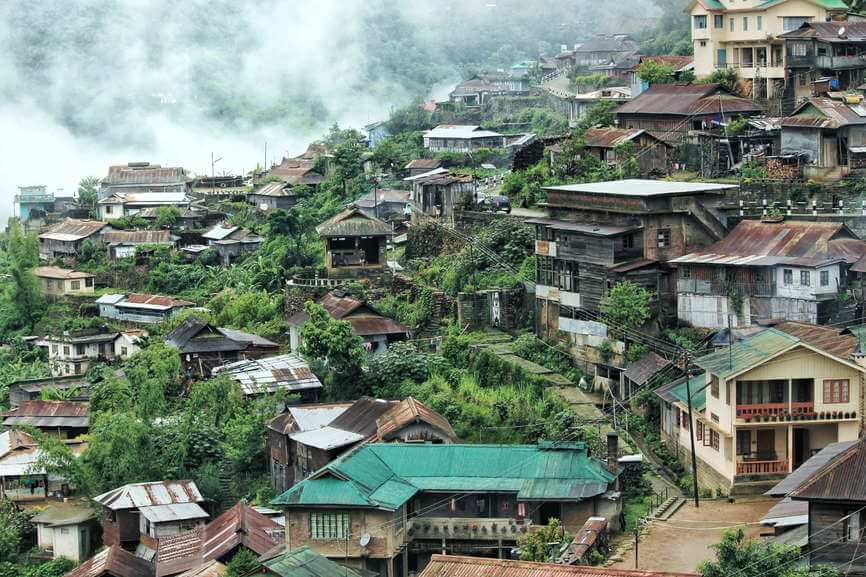
Khonoma is not only known for its conservation and sustainable practices but makes a strong mark in the history of World War II. The village fought bravely the advances by British troops lead by G.H Damant and the bloodshed continued for few years, until an agreement of peace between the British force and the villagers. The eco-tourism, community driven efforts and the forest conservation is a perfect example of perks of unity and thoughtful initiative.
To read about stories and travel memoirs from Nagaland – Click here
PIN TO READ LATER – I PROMISE, YOU WON’T REGRET
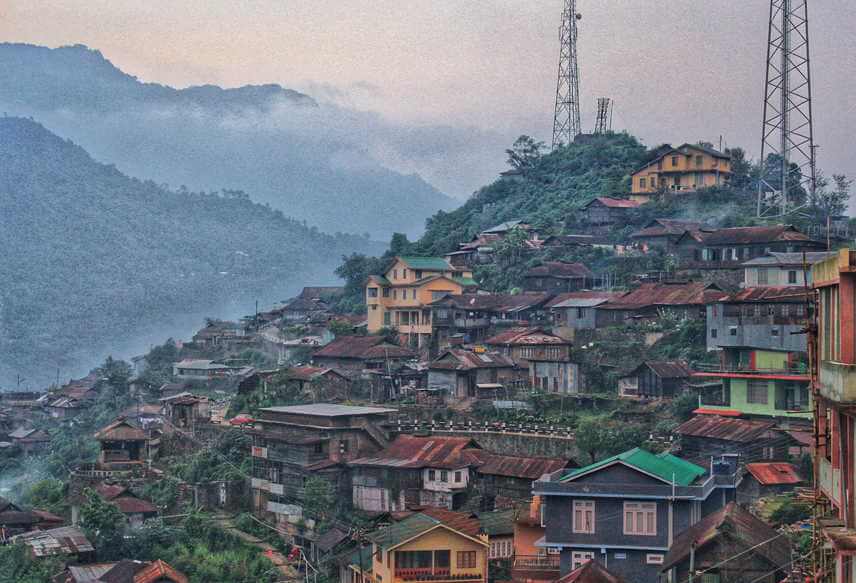
Table of Contents
Khonoma Village – Location and Infrastructure
The quaint village is located 20kms from the state capital, Kohima and perched atop Naga Hills. The village is nurtured by surrounding rainforests and blessed with plethora of flora and fauna. The endless resources from forests are now allowed to blossom and multiply post the rampant abuse in the early 90s and before. The spectacular vistas of terraced rice fields spread across the gentle slopes are surrounded by rugged forest covered hills.
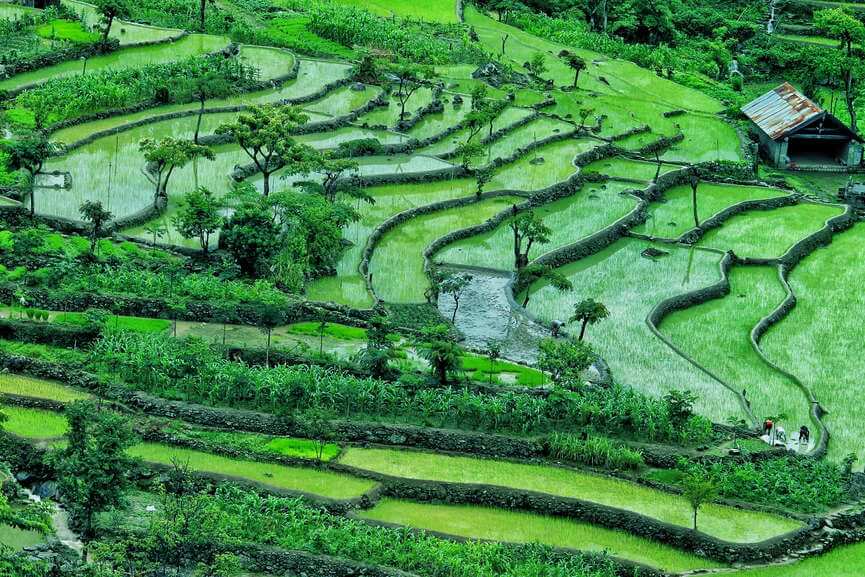
The village inhabited by Angami Tribe is perched at an altitude of 1200m, spread across an area of 123 sq km and early settlement dates back to around 500 years ago. Today, there are around 800+ households living on agrarian, eco-friendly and sustainable resources. The village is divided into three Khels (colonies descended from same lineage or clans) – Thevomia Khel, Merhümia Khel and Semomia Khel. Each of the Khel had its own fort to safeguard the khel and defend against enemy. In the olden times, the village had gates guarded by warriors from the village and closed during emergency. People were not allowed to stay outside the gate arena.
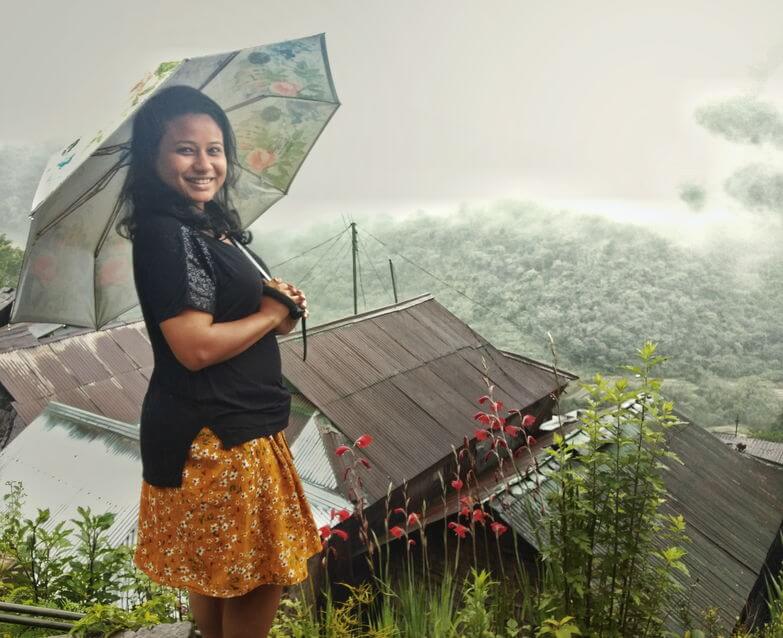
Most of the homes in the village are built with wood and topped with black tinned roof, every corner murmurs of rural actuality. The cobbled street and stone stairs interconnect different parts of the village, each home and every corner is adorned with colorful flowers. The clouds hover over the forest cover changing the natural saturation every moment. People walk around with bamboo baskets on their back carrying farm produce and evenings are mostly spent spending time with family in kitchen tuning to radios.
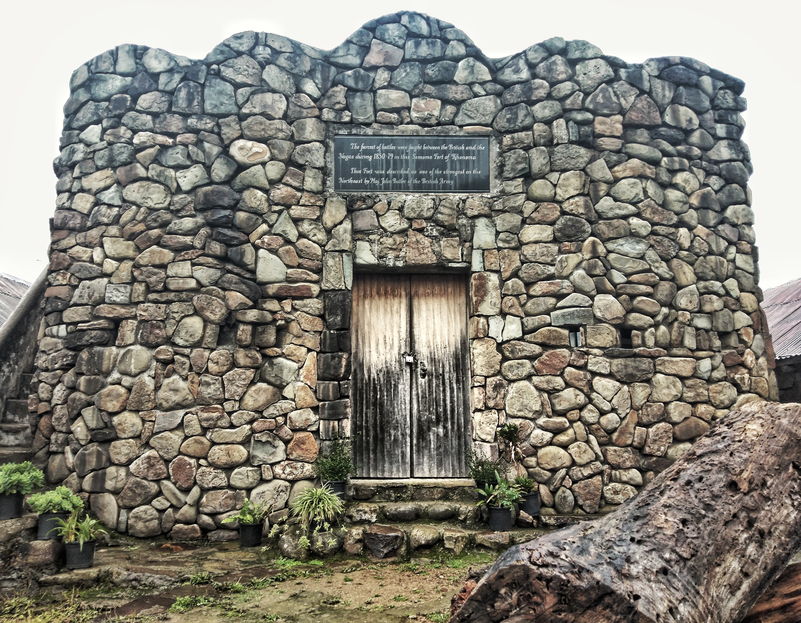
Tryst with World War II and its magnificent History
Khonoma and the brave warriors of the village fiercely fought against the advances by the British troops never allowed colonial invasion inside the village. They fought valiantly against colonial rule which led to start of the Anglo-Khonoma battle from 1850 to 1879, leading to even demolition of the Khonoma Fort.
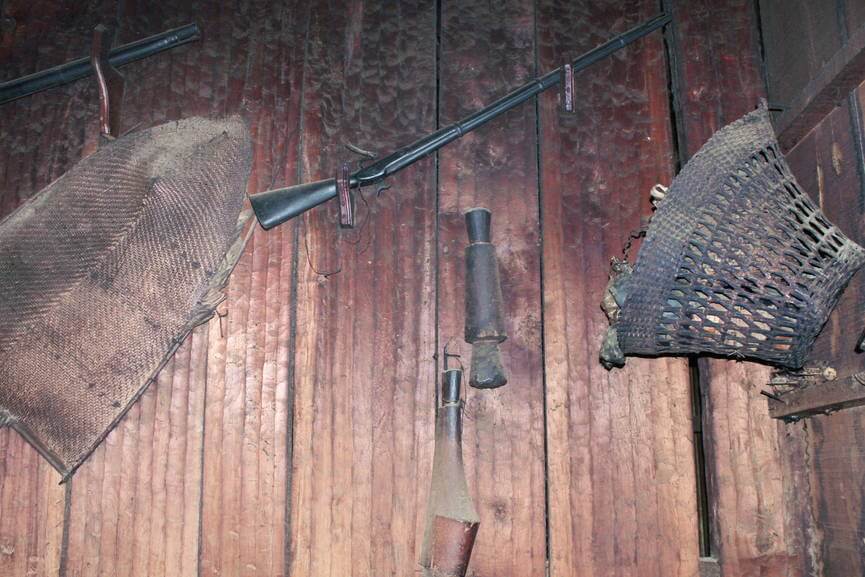
The major victory against British force was when their leader G.H Damant was killed by warrior Jüdelie Hiekha on 14th October, 1879 resisting the entry of the British troop in the village. The battle continued until there was a truce between the village and British troops. This was followed by shooting of British Officer Major Cook on 22nd November during another invasion advance. There is a memorial erected to honor G.H Damant, Major Cook and Subedar Nurbir Sahi.

Formation of KNCTS – Step to Asia’s First Green Village
Hunting to Nagaland and people of the village was their second nature but all changed with the formation of Khonoma Nature Conservation and Tragopan Sanctuary (KNCTS). Most of the people depended on forest resources leading to rampant exploitation of flora and fauna but the slaughter of around 300 Blyth Tragopan in name of competition woke up the consciousness of village elders. The conservation effort by the village community revived the endangered population of the state bird, Blyth Tragopan.
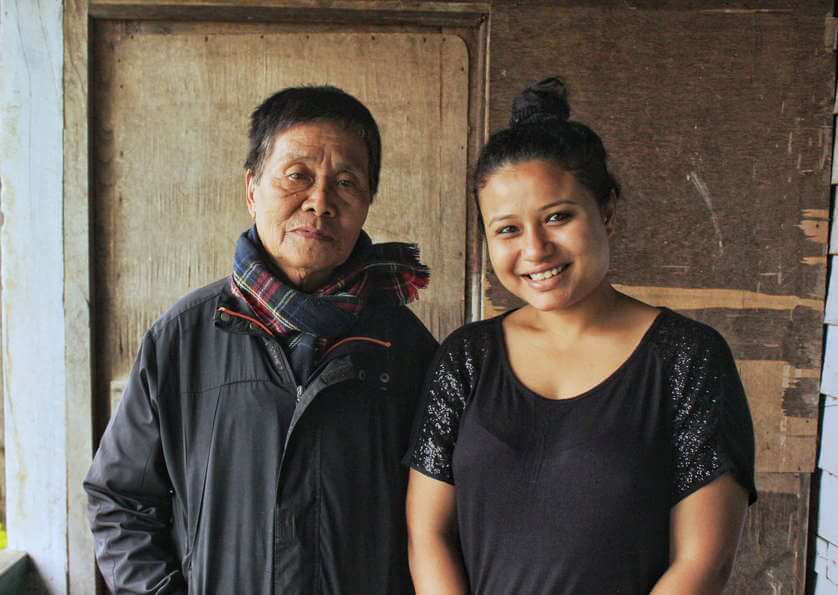
“If there is no conservation, all the species will go extinct and without forest there will be no clean air. The reduction in the species and the unchecked abuse of forest resource was a matter of concern. This motivated us to educate villagers about sustainable practices and ban hunting, deforestation and commercial fishing”
Tsilie Sakhrie
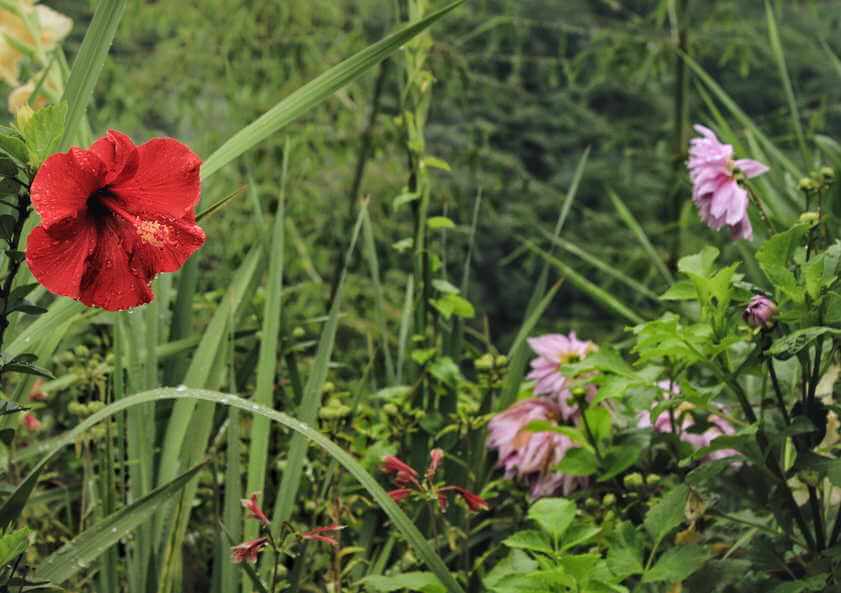
Mr. Tsilie Sakhrie was one of the pioneers of the KNCTS and along with his peers helped in making the whole village environment conscious. He served as the Managing Director for KNCTS from 1998 to 2014, as advisor from 2014 – 2018 and now serves as member of State Wildlife Advisor Board. There was a total ban put on hunting and logging in 1998 which helps in conserving the rich flora and fauna that existed in the forests.
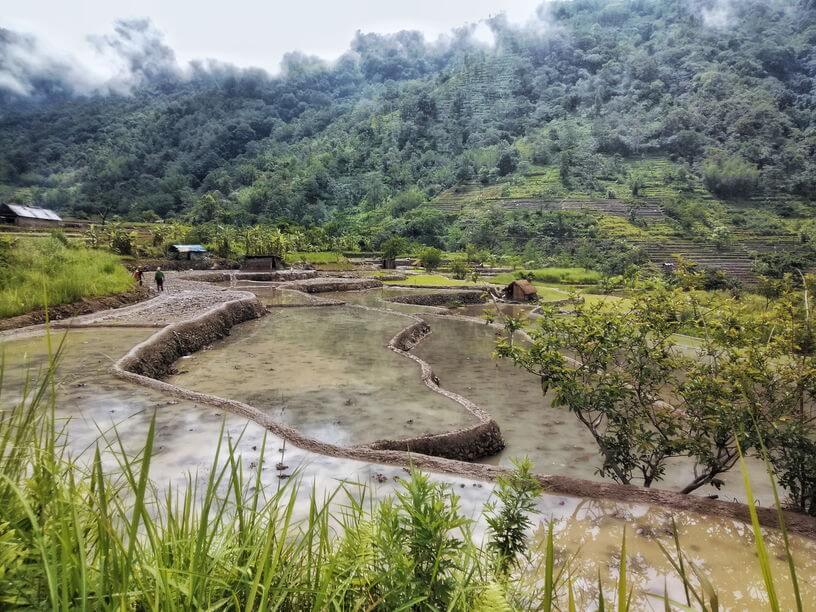
KNCTS incepted on 11th August, 1998 with 9 male and 3 female members but the establishment monolith was set up on 11th Dec, 1998. As per Mr. Sakhrie, it was a Herculean task to convince people to stop hunting and felling of trees. The incubation of KNCTS was followed by awareness campaigns and workshops to educate people. People were encouraged to involve in stone masonry, weaving baskets, carpentry and farming practices. A certain class of people earned their livelihood only through hunting were provided milking cows to be able to fend for their families.
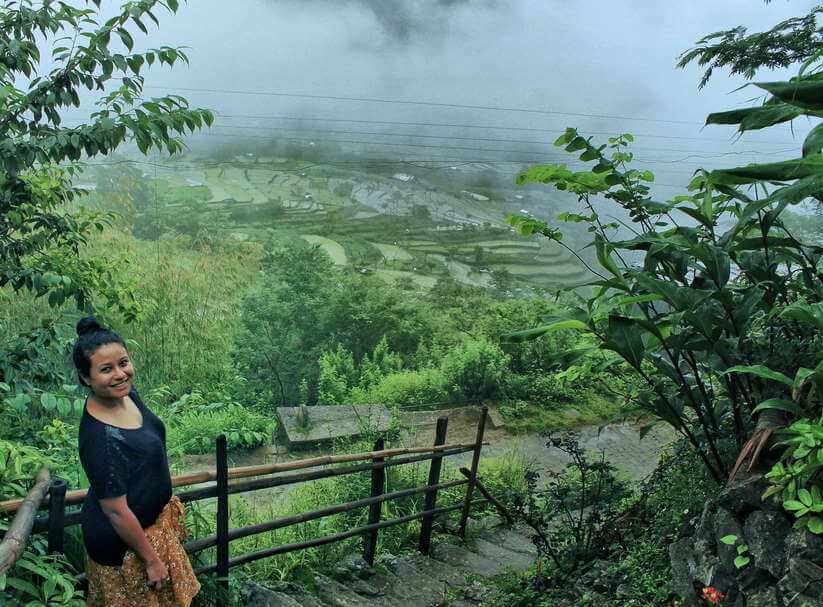
With the efforts of village council and continued conservation, the once fading population of birds and animals revived back slowly. The first success story of KNCTS was when it was declared as wildlife reserve by Nagaland Government in 2001. The conservation story spread like wildfire and this earned the village a fund of 3Cr from Central Government in 2005, the same time it was declared as “Asia’s First Green Village”. The Khonoma Youth Organization today is responsible for taking care of conservation and act as watchdogs. There is a penalty for anyone found hunting, littering the village and felling of logs.
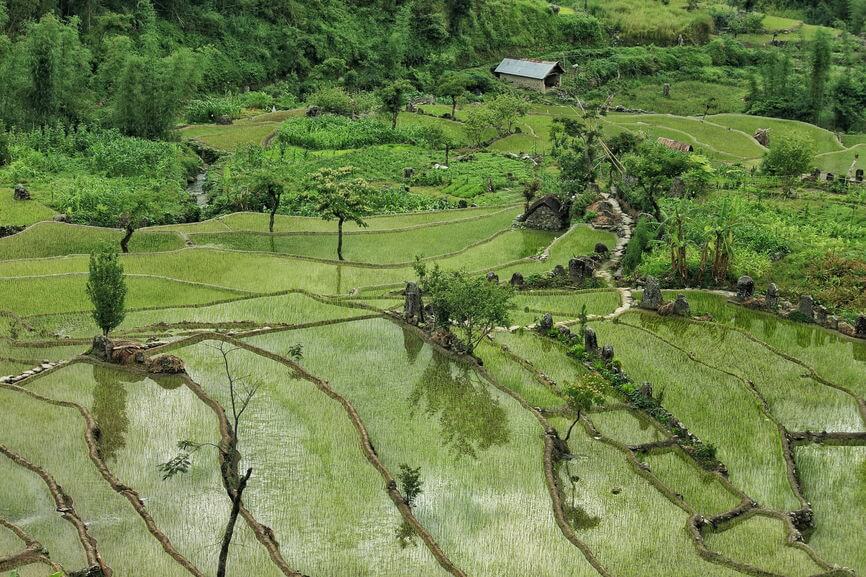
Sustainable Agricultural Practices
The terrace paddy fields of Khonoma on the slopes of the hills are not only treat to eyes but an awe inspiring example of hard work and land engineering without books. Khonoma is known to adopt eco-friendly and sustainable agricultural practice in sync with their conservation plans. Use of fertilizer and chemical is not allowed but for farming and agricultural, natural compost is used.
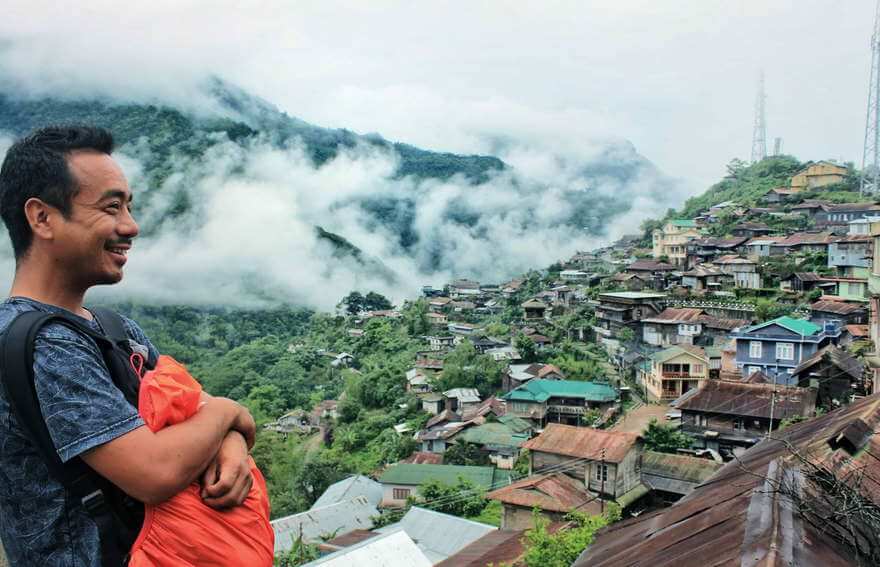
My friend and guide Mhasi Kuotsu said – “Each of the household has their own plot of paddy fields. Most people do not hire anyone but do everything right from sowing, leveling of land, rice sapling plantation, maintenance and harvest on their own. At times, relatives and friends help followed by sharing a meal together.”
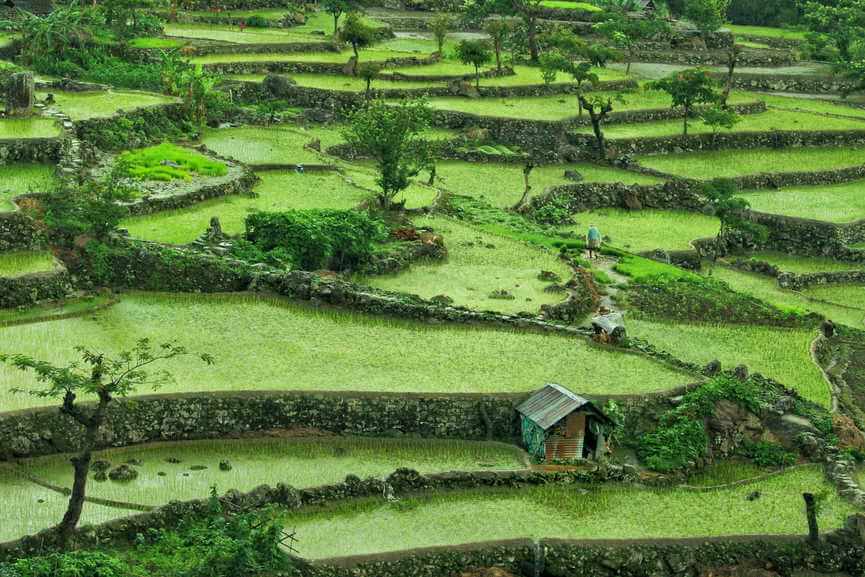
Terrace paddy cultivation
Like most of the hills, Khonoma boast of terrace farming through a system of interconnected waterway that irrigates the farms. The water system is connected from natural stream that flows from top to bottom in systemic pattern preventing water logging. Each of the paddy farms is leveled and a boundary is laid with stone or mud mount, creating farm blocks before starting of the sowing and sapling plantation. The terrace paddy field are dotted with rustic huts that double up as resting and cooking space during sowing and harvest season. The sowing and plantation season starts from June and extends till July. The harvest season starts in October.
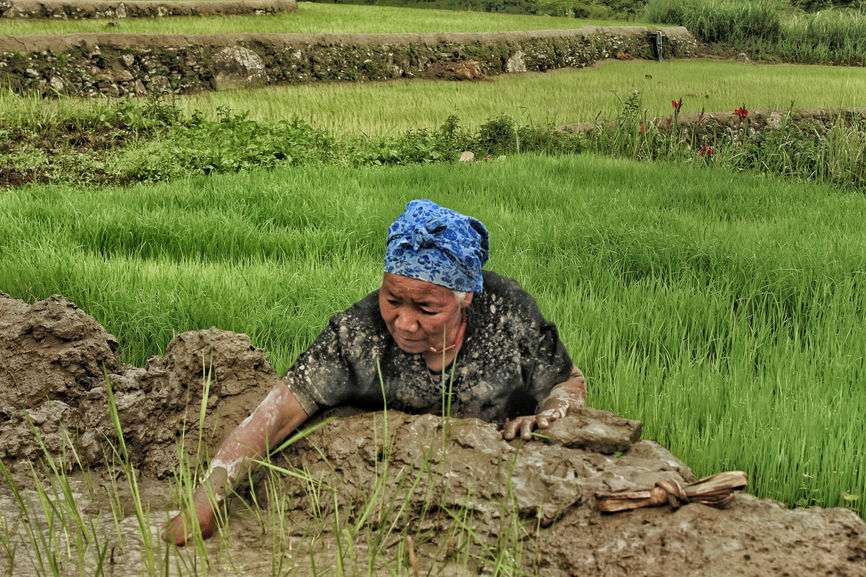
Shifting Cultivation
The shifting cultivation is an age old practice that aims at sustainable agriculture without disturbing the eco-system and soil fertility. A plot of forest land is clear by cutting down trees partially and burning the area to create an open land. Such area is mostly used for cultivating vegetables like cabbage, carrots, radish, beans, potatoes, chilly, tomatoes etc. After two or three years, the cultivation is shifted to another patch of forest land allowing the previous patch to recover and regain its soil fertility. The alder trees that form part of the forest ecosystem helps in preventing soil erosion, provides logwood and leaves are used to enhance soil fertility. The branches are cut for firewood and carpentry wood from alder trees which grow again.
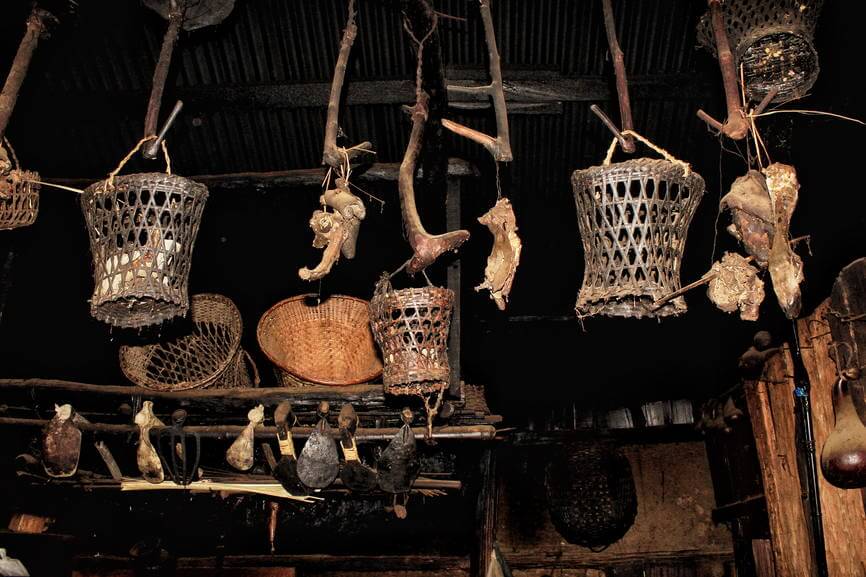
Culture, Community and Traditions of Khonoma
Age Group Customs
One of the most interesting traditions is age group gathering and each of it consist of individuals of certain age. For example, one age group clubs individuals from 14 to 19 years; other clubs individuals from 20 to 30 years etc (Not appropriate indication of age but an example). The age groups work together for the development of the village under the guidance of village elders. Each of the age group has their age group house to conduct meetings, celebrate their after event success, share meals together etc.
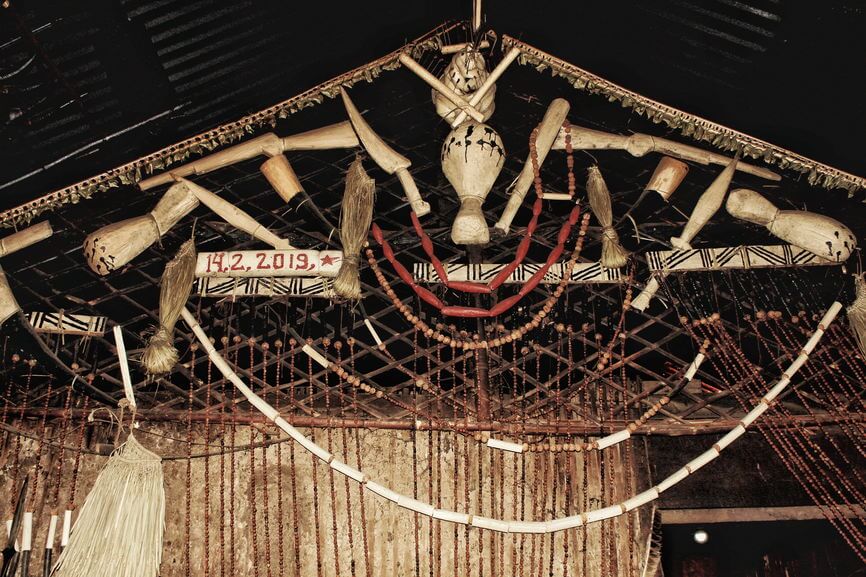
As told by my friend Mhasi, all individuals in an age group work for village welfare and serve for community development. They earn money by working in farms and assisting in various works in and around the village, a way of learning farming from a young age. After an age group meeting, if the group decides to work in a farm or help with paddy cultivation, they put it up as announcement and are hired by people as helping hands in farms. In return, they are paid money that is pre-fixed. The money is given to all participants of an age group (only men or boys) as loan that they need to repay before festivals with an interest. The age group house is decorated with natural collectible from forests before the big feast and festival.
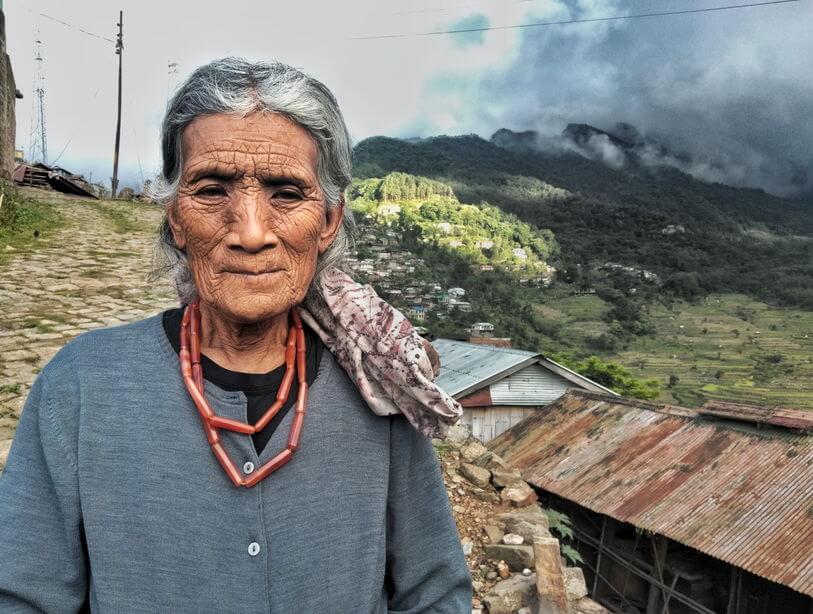
Festivals of Khonoma
Nagaland is a state that witness hundreds of festival every year. In Angami tribe itself, there are around 12 festivals but not all festivals are celebrated now-a-days. The traditional seating area with a stage is used for all folk performances during the festival and other celebration. Two important festivals celebrated by Angami tribe are Sekrenyi and Thekranyi.
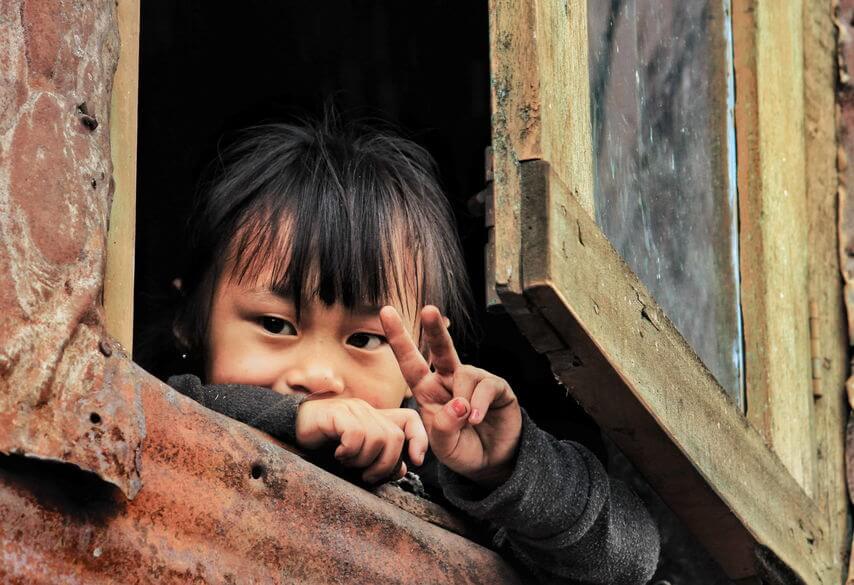
The Sekrenyi festival is observed on 25th day of own calendar month called Kezei (25th of February) and celebrated for 10 days. It is a purification festival that is celebrated to purge off all sin and clean the body as well as soul of bad deeds. There are ablutions performed by youths on 2nd day, believed to ward off sin and purify soul.

The Thekranyi is a youth festival celebrated before the starting of the paddy transplantation and farming. It is mostly celebrated in last week of May or first week of June and the youth adorned with traditional attires and ornaments perform dance and play traditional games. Another important festival is Ngonyi celebrated in April and celebrates the completion of sowing. Before 1998, Ngonyi was celebrated as hunting festival.
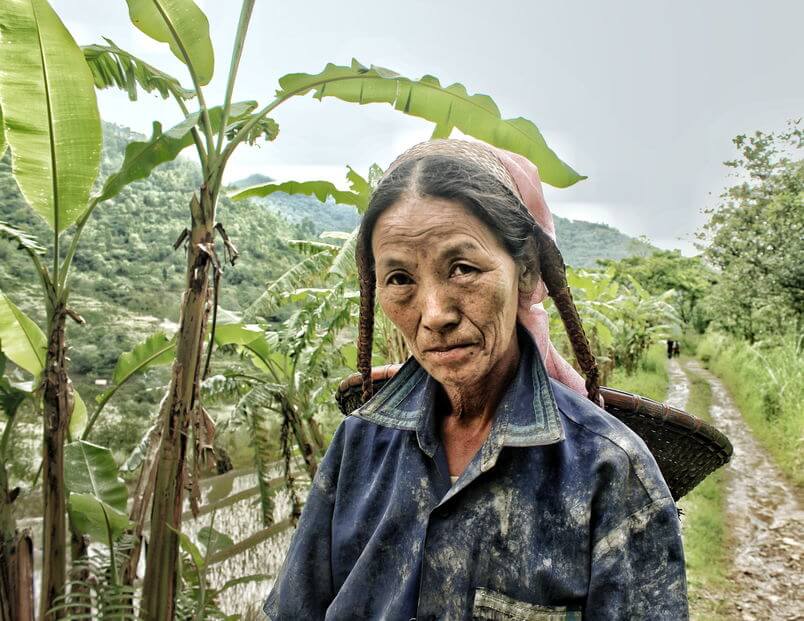
Skills and Livelihood
Most of the people from the village are skilled in carpentry, weaving and stone masonry work. Bamboo basket weaving is one of the most important ways of earning livelihood in the village. The youth from the village learn the skills at a young age and this helps them to earn money. The traditional baskets are known as Khuophi/Khuoshie and are weaved by artisans from village. All the carpentry work within the village is done by the villagers. They sell their art and craft like baskets, traditional machete etc. in the market.
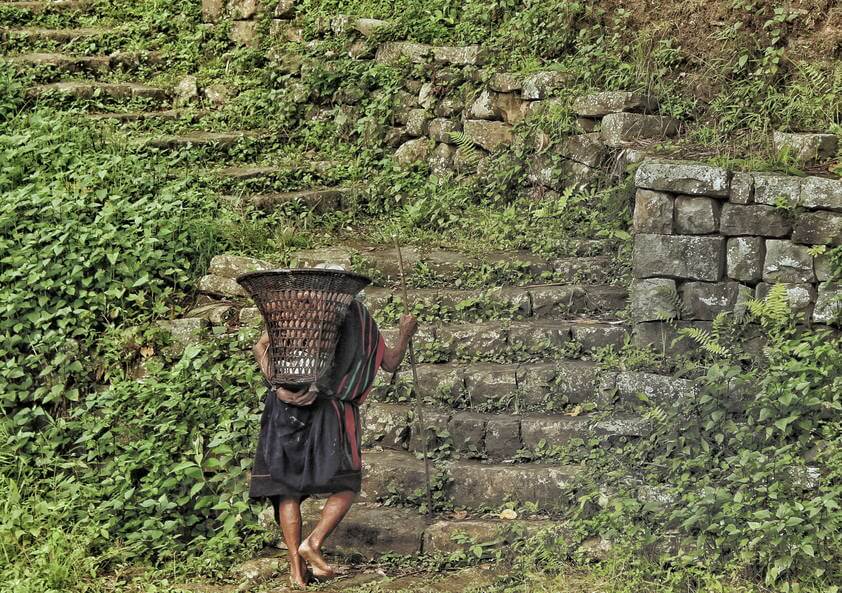
Agriculture and farming again is another way of earning livelihood, most people sell vegetables from their farms in the market. The vegetables and fruits consumed by people are farm fresh and from their own kitchen garden or farms. It is common to find pigs, chicken, and duck etc. as domestic animals in Khonoma. Some households earn by hosting guests at their homestay and some youths work as local guides for the village and Dzukou valley.
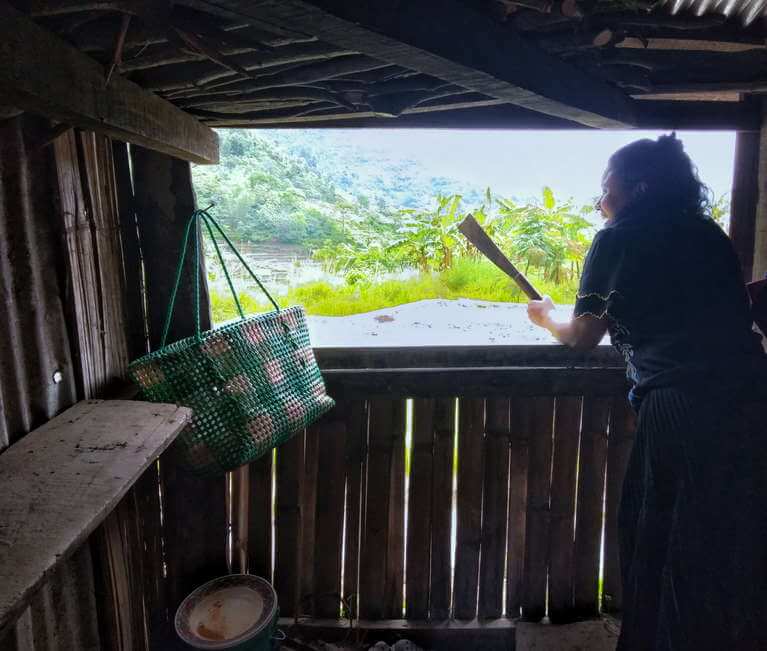
Community driven Awareness
The community of Khonoma Village is environmentally sensitized and run awareness campaigns every month to educate people on important of cleanliness. There are dust bins set up at every corner and barely any littering found in the village. Khonoma Students Union (KSU) plays a very important role in educating kids in maintaining cleanliness and organize sanitization awareness campaigns. Recently, Khonoma has even banned use of plastic.
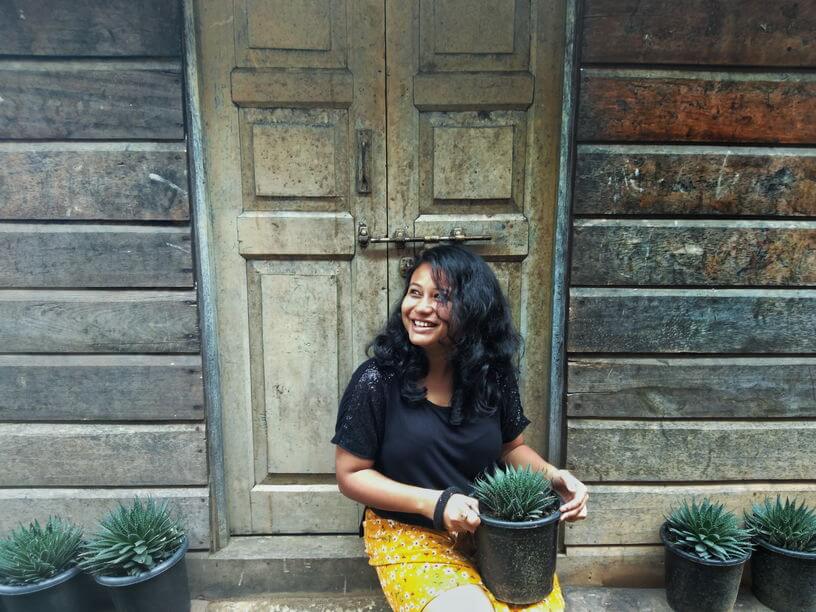
There are cleanliness drives and competition that encourage kids and youth to actively participate in cleaning the village and keeping it litter free. Flower competition is a part of education where the kids are given seeds and pots and asked to bring it back with flower blooms after few weeks or months, a reason why flower pots are seen at every corner and household. The dustbins and waste material is cleaned every month and disposed off appropriately with help of incinerator, leaving no scope for waste material to be dumped.
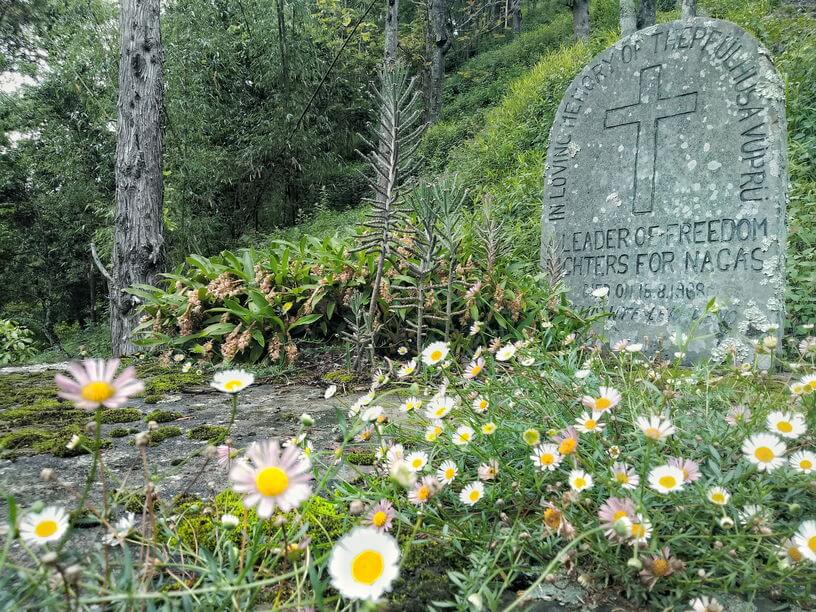
Feast of Merit
The village is peppered with stories sailed through generations and there are concrete structures that do not let the memories fade. One such ceremony is called “Feast of Merit” – Wealthy people give a feast to the entire village and this also shows that they are wealthy. It is a significant ritual to honor the person during his lifetime and remembered even after death. The whole village is given a feast with traditional food and meat and this earns him the privilege to erect a monolith in their name and adorn their attires and house with decorative motifs or horns. This hallmark custom celebrates wealth of a person and raises their social status.
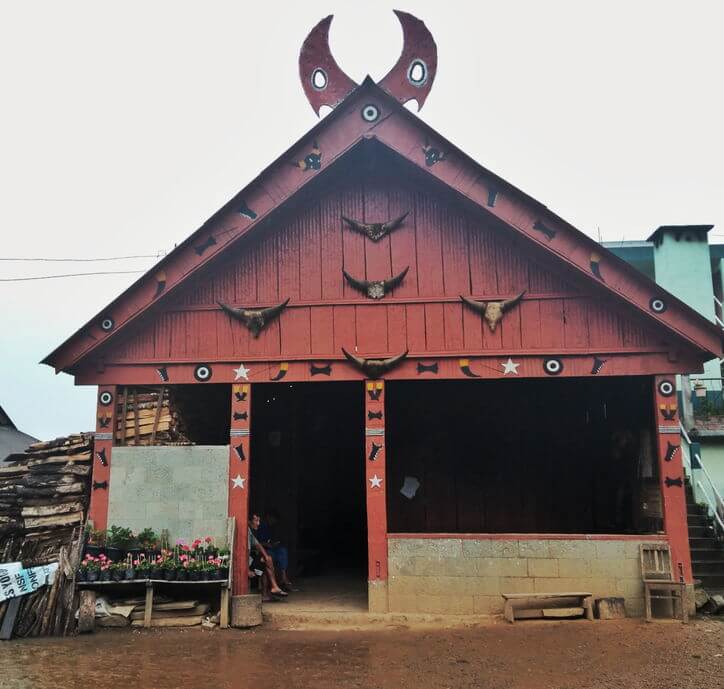
Morungs – Old Educational Institution and Dormitory
The Morungs are youth dormitory. It was one of the most important parts of Naga culture before the establishment of formal schools. It was used as an educational institution to teach the youth about culture, customs, traditions, folkore and artisan work like stone carving, weaving etc. Today, after schools and colleges were established, the Morungs are now used as community hall for gatherings, preaching and meetings.
The Morung played a pivotal role in preparing the young boys for a better future. The boys were given training to become warriors and taught many other activities. There were even girls dormitory where girls lived after attaining puberty and before marriage. They learned spinning, weaving, rice brewing, embroidery, cooking etc.
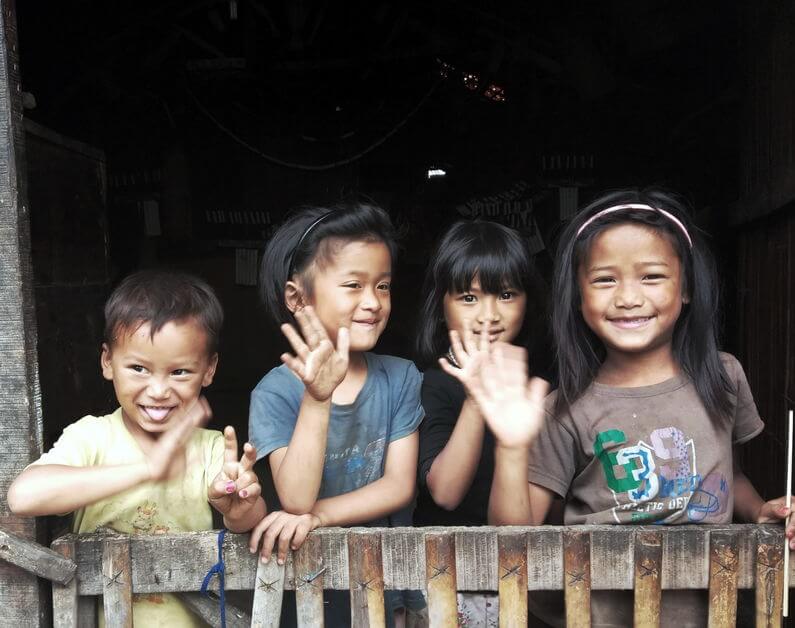
Things to Do and See in Khonoma Village
I highly recommend you take a guide to walk around the village and know more about the history, culture and traditions. There are many things to do and see around the village, here is what I loved.
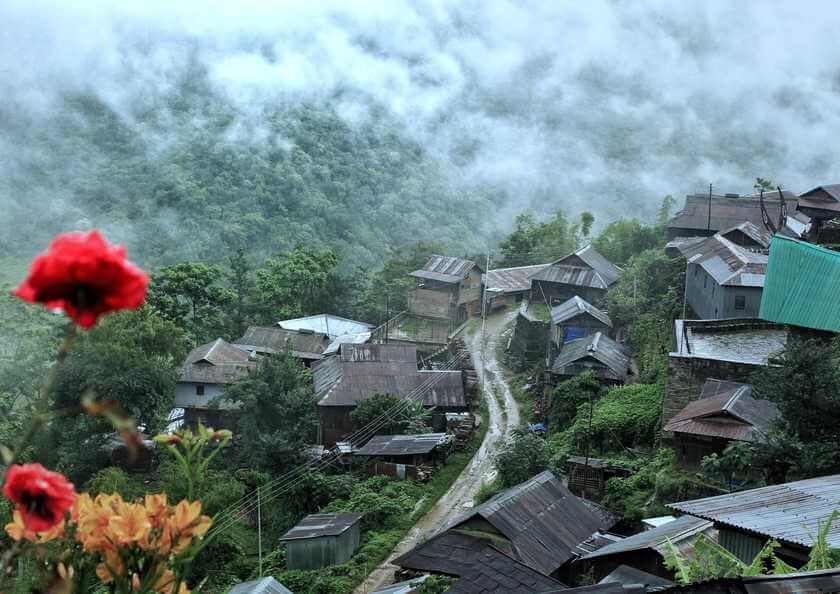
Heritage Walk of Khonoma Village
The heritage walk around the village gives you an insight about the history, culture, tradition and customs of Angami Tribe. There is a lot of history like the Anglo-Naga war with British and Indo-Naga war that the forts of the village have witnessed. A walk through the village helps in better understanding of the revolutionary conservation initiative, local delicacies, culture, daily routine of the people, terrace farming, water conservation and the changes that gradually shaped the place.
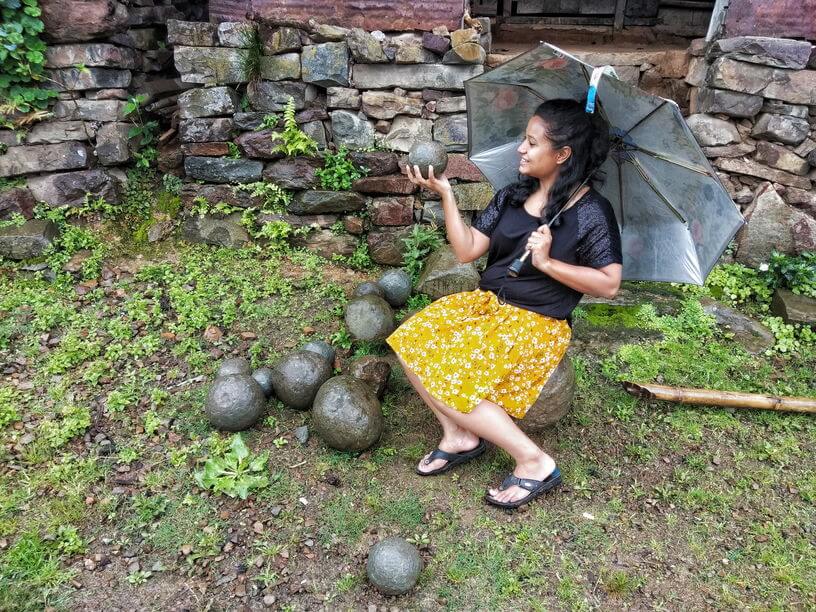
Throughout the village exploration, I learnt about Morungs, traditional village games, spent time with some of the cutest kids, threw some stone made shotput balls and munched on dried Wild apple. The Morungs and age group houses are decorated with goods from forest, guns from colonial times and skulls, bones and horns of wild animals. The walk along the stone archway and cobbled streets is rewarding with the view of the surrounding forest, terrace paddy fields and the cottony clouds in the sky. You can contact Mhasi Kuotsu who works as guide at +919366197517.
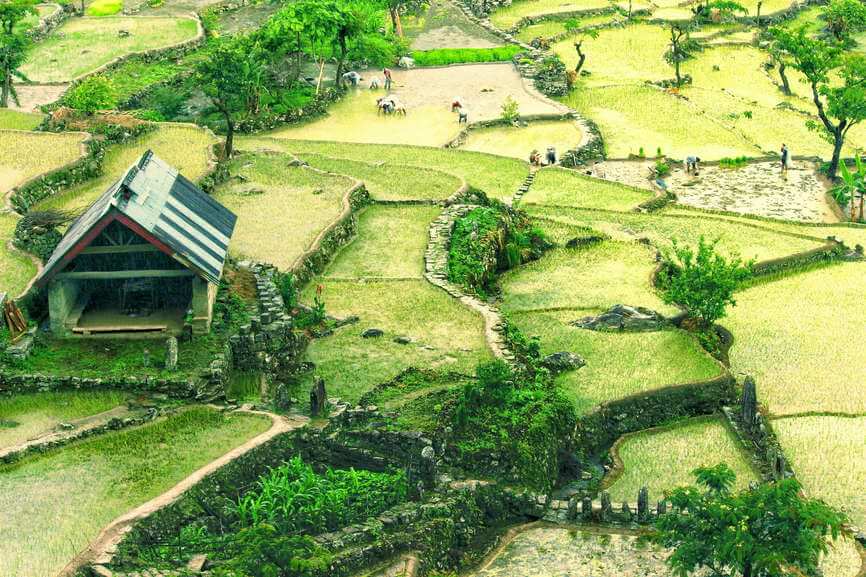
Lunch in middle of Terrace Paddy Fields
This was one of the most memorable experiences during my 4 day stay in Khonoma. The paddy fields are stunning and a walk through these gives a deeper perspective about how the people work so hard in their fields during the sowing and harvest season. The slopes take you down into the paddy fields that are dotted with trees and small huts. It was a beautiful experience eating food in middle of the paddy fields under open sky.
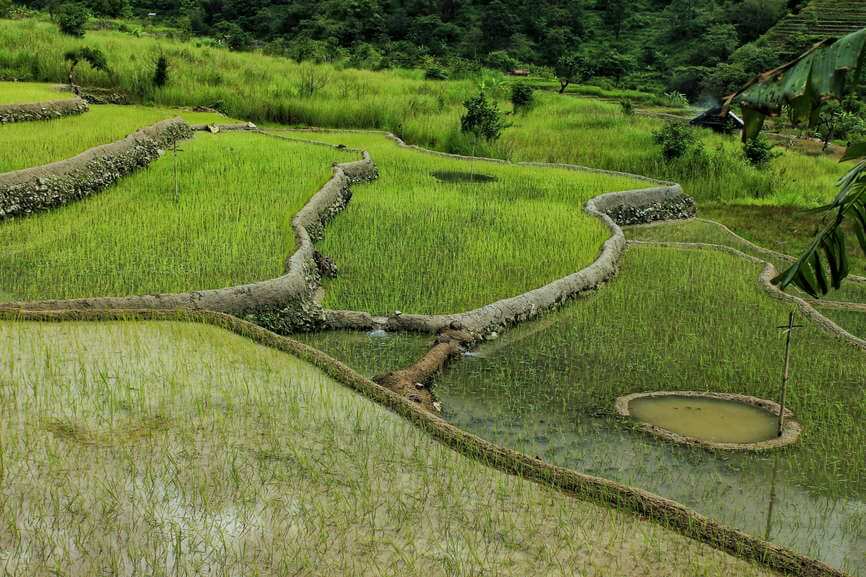
Mhasi and I joined my host family in their paddy fields, picked up farm fresh vegetables to cook, sipped on hot tea followed by lunch. The meals are cooked inside the huts on Earthern fireplace. Some paddy fields even have small fish breeding area marked by circular boundary. Red poinsettias and colorful wild flowers mark the narrow road leading to the paddy fields.
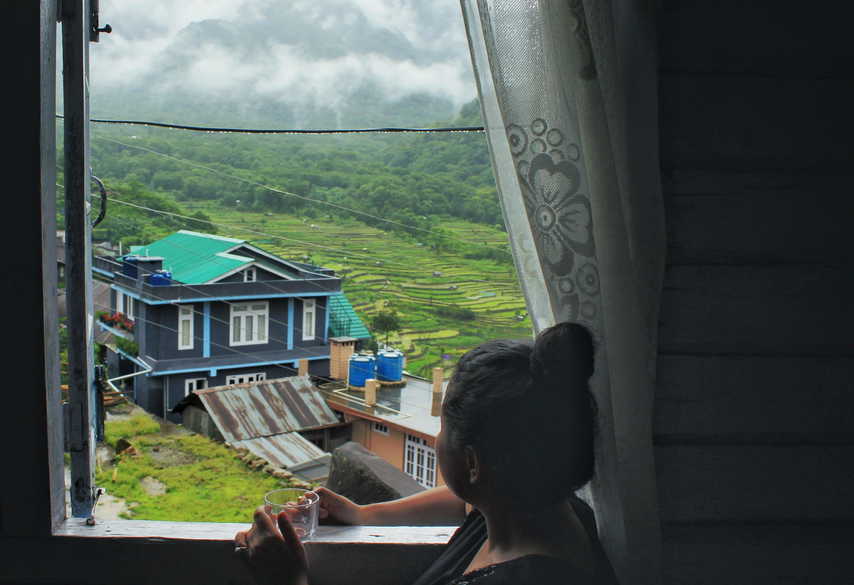
Sip Local Tea at Café Uku
Café Uku is the only café and is a very recent addition to the village centrally located opposite the Baptist Church. The eco-friendly décor with wood carved tables and benched will win your heart. Take a seat near the window, order for your food and soak into the gorgeous view of the forest, hills and the village. Uku special tea is a must try which is prepared using three types of local vibes. Apart from tea, noodles, friend rice, momo and soup is available in the café.
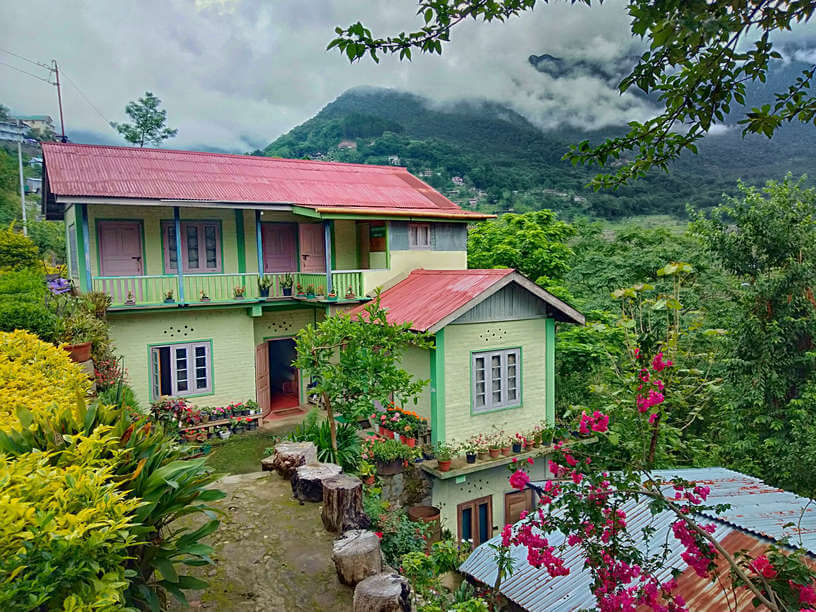
Homestay in Khonoma Village
Khonoma has many homestays and one hotel. Dovipie Inn is the only hotel in Khonoma but I would always recommend staying with local family in homestay. I stayed with Uncle Kose and his family at their Hills View Cottage Homestay and they treated me like a part of their family.
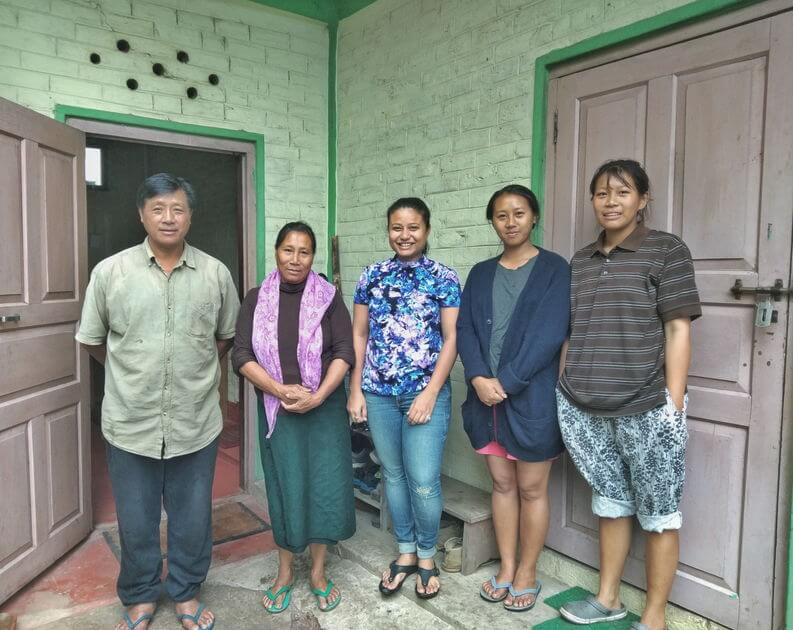
They have one of the best views from their homestay, use organic vegetables from their farm for food and have the best stories to share with you. You can contact Uncle Kose at 8119890171 for booking.
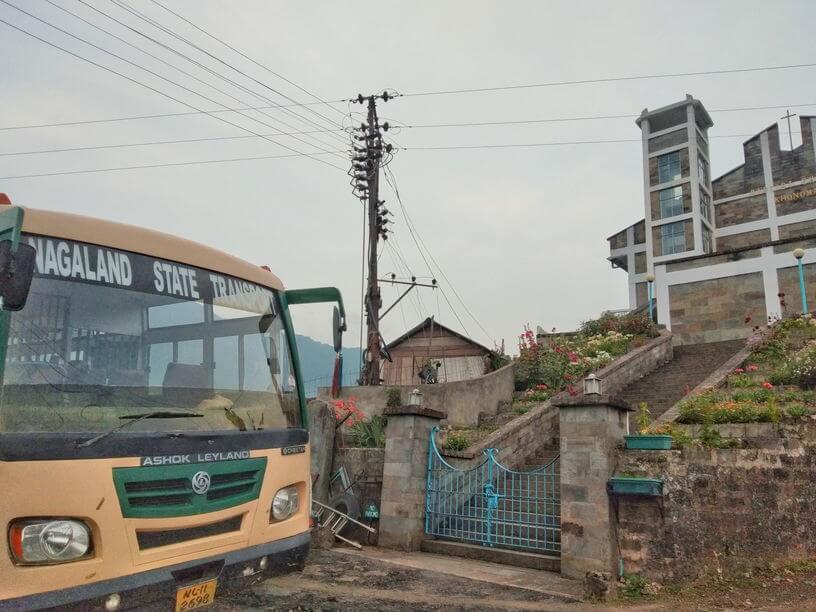
How to reach Khonoma by Public Transport?
Usually, going to Khonoma with a private taxi cost around Rs 600/- that can be a little on higher side for budget travelers. The cheapest option is to use public transport. The cheapest way to reach Khonoma from Kohima is by public bus that runs from Monday to Friday from Nagaland State Transport at 1.30pm. At times it might run even a little early and get filled up fast, make sure to purchase ticket beforehand.
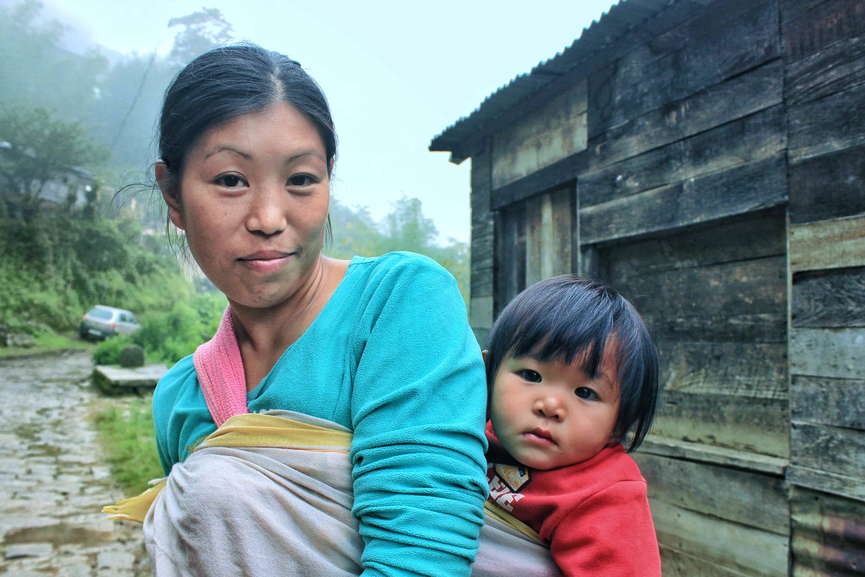
The exhaustive travel guide for Khonoma village has been written with all my heart and soul and covers everything I learnt about the village. The smell of the freshly cooked food, the mesmerizing mornings with nip in the air, the gorgeous paddy fields and the warmth of the local people, Khonoma is a piece of heaven on Earth.
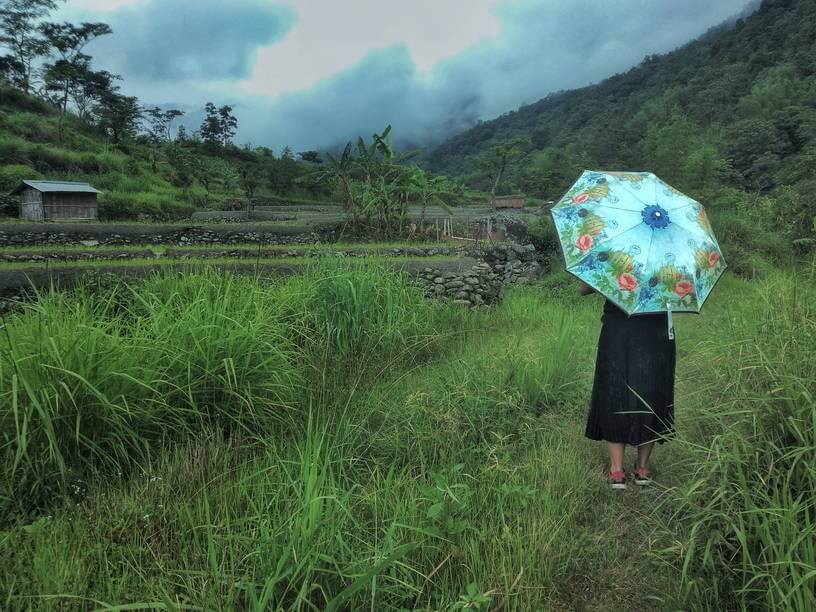
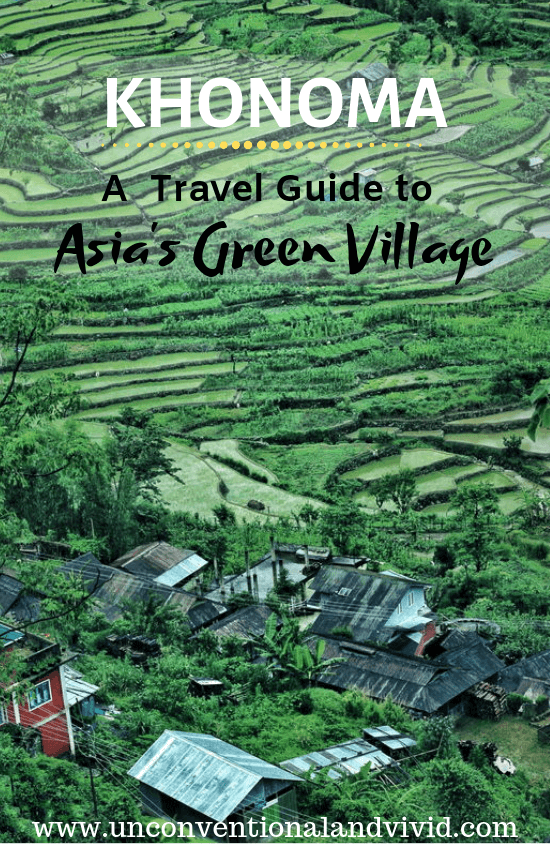
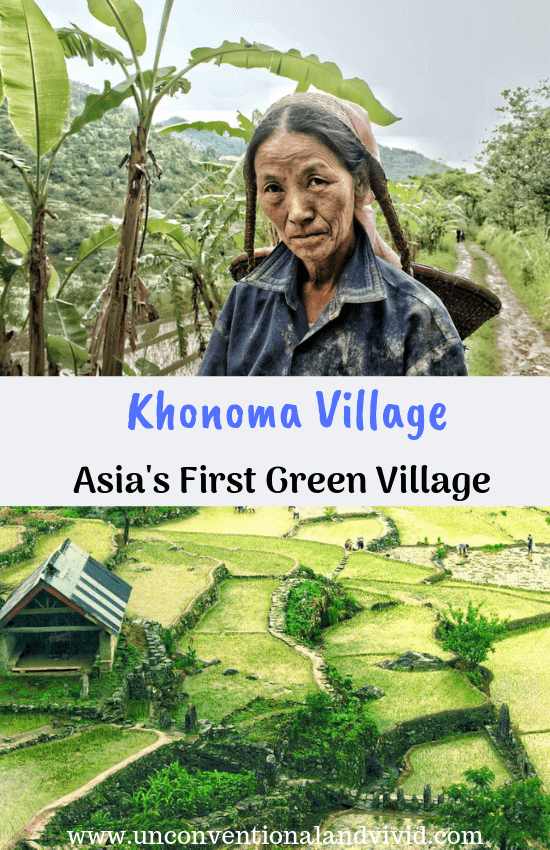
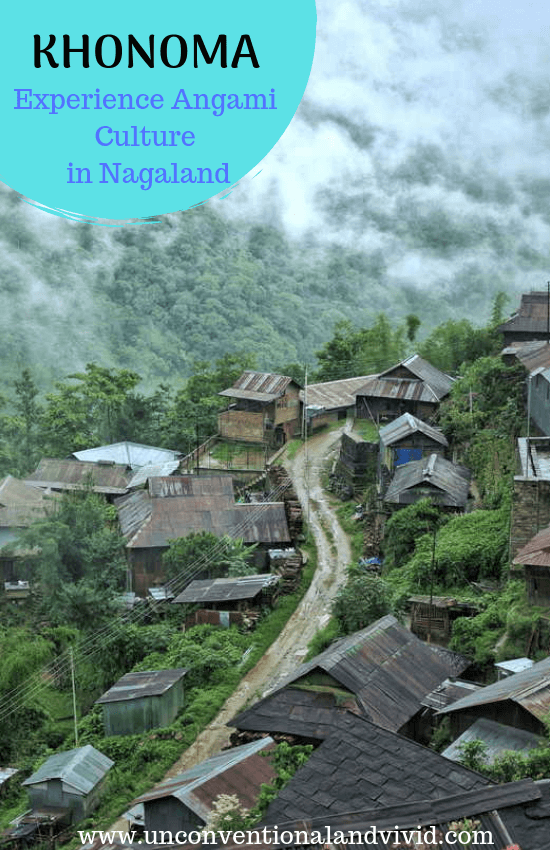
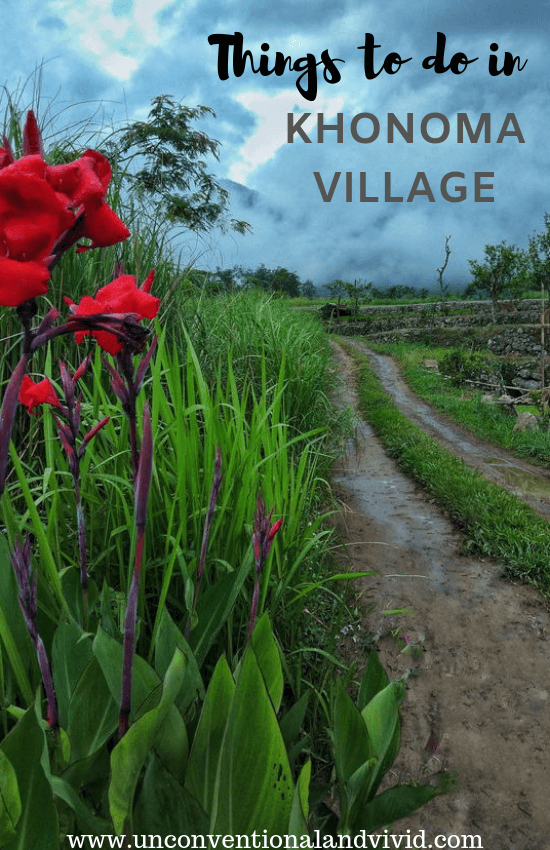

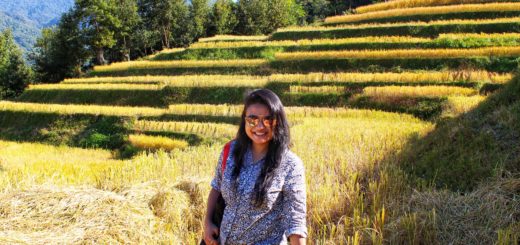
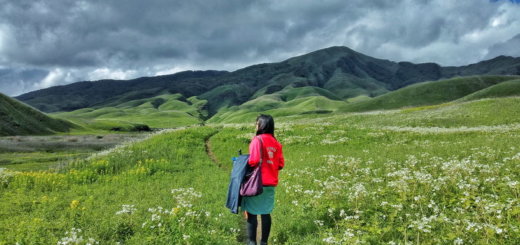
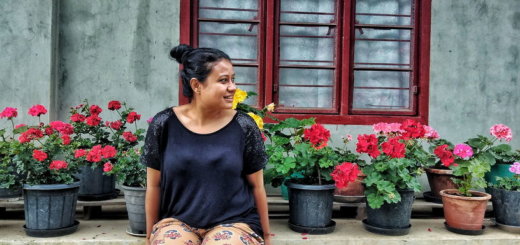

3 Responses
[…] The picturesque village of Dzuleke is surrounded by lush green rainforest, stretched as far as eyes can take you. Home to only 32 houses, nature has bestowed its blessing in abundance and technology is yet to spread its obnoxious venom in the lives of the people. The quaint village is situated roughly 40kms from state capital Kohima and 18kms ahead of Khonoma Village. […]
[…] Read the complete blog and plan your travel to Khonoma Village […]
[…] Know more about community conservation efforts in Khonoma […]